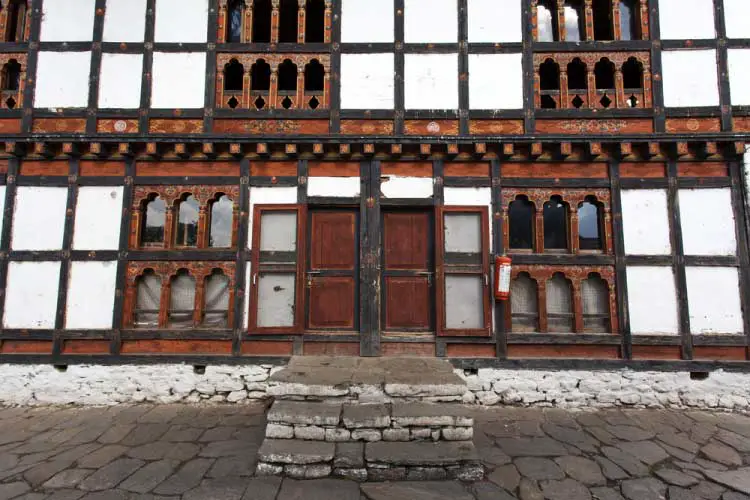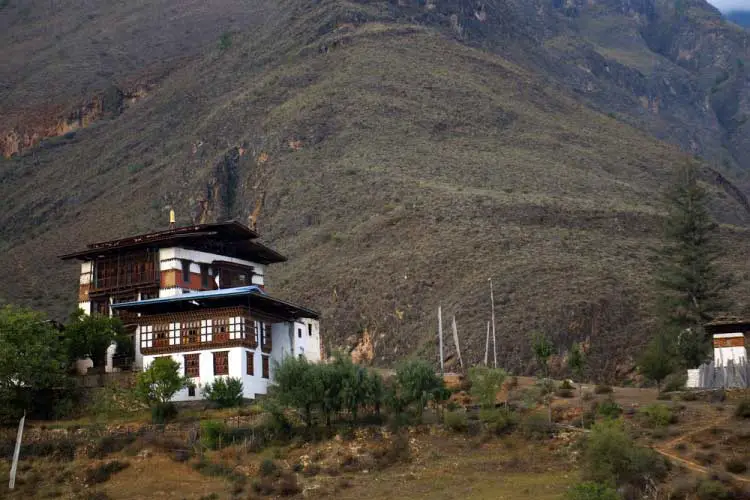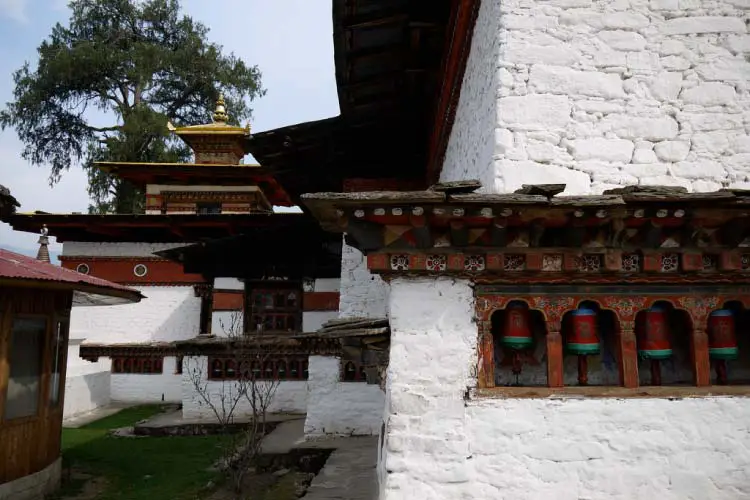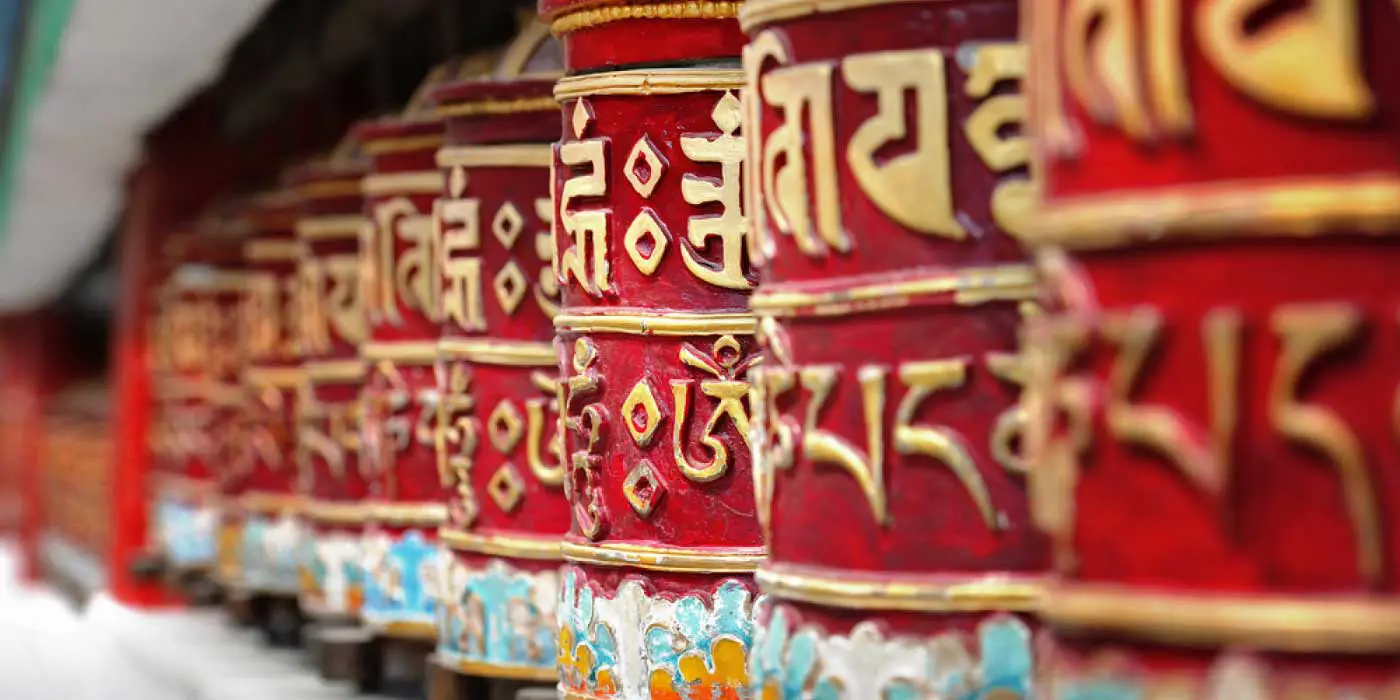Kyichu Lhakhang – Find Peace in Bhutan
Running almost parallel with Nepal, separated only by the Indian state of Sikkim, Bhutan is a tiny country with a population of around 700,000 people. Commonly associated with spirituality, Bhutan sits in the foothills of the eastern Himalayan Range, affording it some of the most spectacular landscapes in the world. With its proximity to the Himalayas, one might think Bhutan would be a popular destination for mountaineering, however, interestingly mountaineering of any kind has been banned in Bhutan since 2003. The government and population of this spiritual mecca believe the towering peaks to be the homes of deities and spirits and consequently, Bhutan contains the highest unclimbed mountain in the world, Gangkhar Puensum which stands over 7500 meters. As the country flattens out towards the south, a network of rivers flows into the vast plains of India, which provide the water needed for migratory shepherds to tend to their livestock and produces several diverse ecosystems, which house some of south Asia‘s fascinating wildlife.
There are thought to be around 3200 tigers left in the wild and as of early 2015, Bhutan is home to a population of around 100. Tigers are frequently mentioned in Tibetan folk law and have lent their name to one of the most famous monasteries in the world, Paro Taktsang. Meaning “Tiger’s Lair” in Tibetan, Taktsang Monastery is just one of the many Buddhist temples that dot Bhutan’s picturesque countryside. Buddhism was introduced into Bhutan around the 7th century and has played a major role in the country’s culture and history ever since.
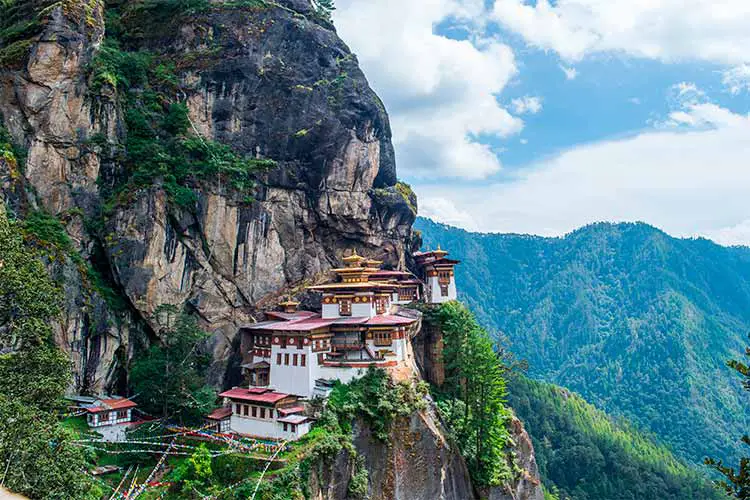
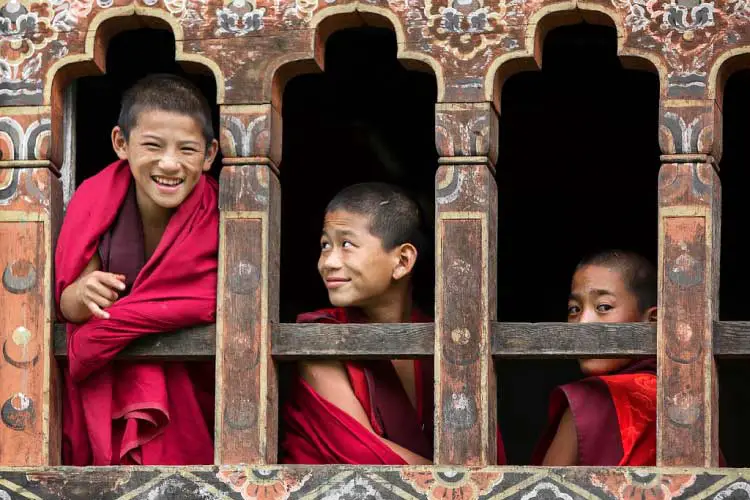
Also located in the Paro District, Kyichu Lhakhang is one of the oldest temples in the country, having been originally built in the 7th century by the Tibetan Emperor Songtsan Gampo, shortly after the introduction of Buddhism. Legend has it a giant demoness lay across the Himalayas preventing the spread of Buddhism north into Tibet, so the emperor built over 100 temples pinning her down, with Kyichu Lhakhang positioned on her left foot. The temple fell into disrepair periodically over the centuries but has been restored several times, first in the 15th century, then in the 18th century when many statues were built and later in the 19th century when the golden roof was added. The 20th century saw an expansion of the site with an additional temple, Guru Lhakhang being built in the late 1960s under the sponsorship of the Queen Mother of Bhutan, Ashi Kesang Choden. Today Kyichu Lhakhang is revered by the population and many important figures are cremated in or near its grounds.
Stepping into the courtyard of the temple, the sound of prayer wheels turning are accompanied by the chants of the monks and the wind whistling through the grounds, creating an unrivalled sensation of peace and tranquillity. The temple contains many statues including an original statue from the 7th century of Jowo Sakyamuni, similar to Bhutan’s world-famous statue in Lhasa, which was said to have been built at the same time. You could spend hours, even days wondering around the grounds here and we highly recommend learning as much as possible while you’re there.
